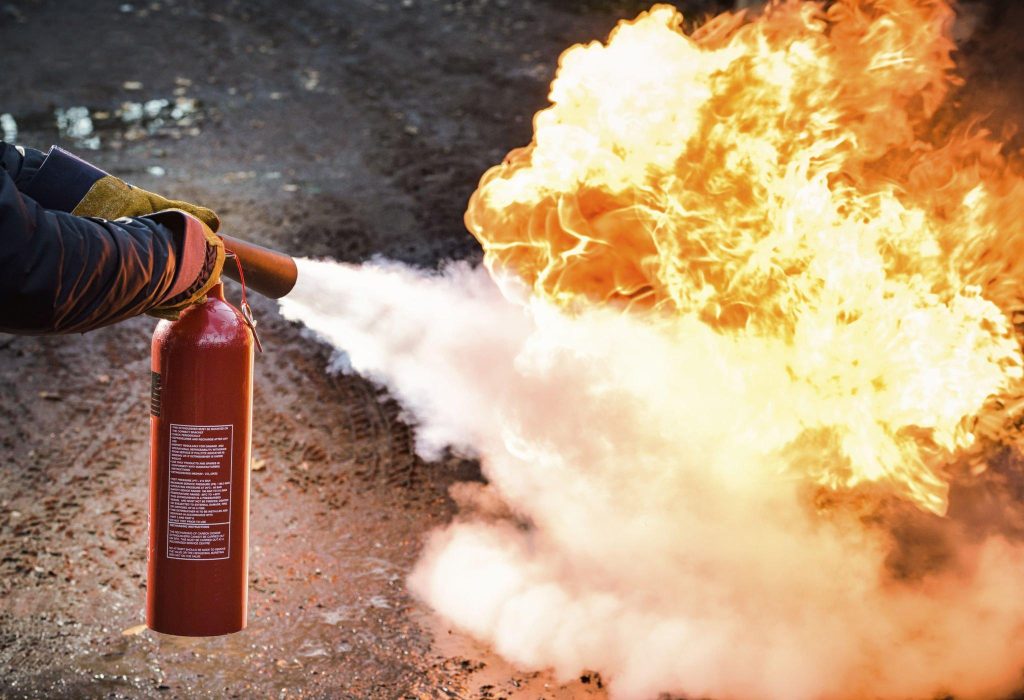Introduction
Fire safety is a critical aspect of any organization’s safety management system. Conducting regular fire safety audits is essential to ensure that your workplace is prepared to prevent, detect, and respond to fire emergencies effectively. In this blog, we will discuss some of the common fire safety audit findings and provide guidance on how to address them, helping you create a safer environment for your employees and visitors.

- Inadequate Fire Extinguisher Maintenance: One of the most common fire safety audit findings is the lack of proper maintenance of fire extinguishers. Fire extinguishers should be inspected and serviced regularly to ensure they are in working condition.
How to Address It:
- Develop a regular maintenance schedule and keep records of inspections.
- Train your employees to recognize signs of damage or malfunction and report them immediately.
- Ensure that all extinguishers are readily accessible, properly labeled, and visible.
- Blocked Exits and Pathways: Blocked exits and pathways can pose a significant risk during a fire emergency. Common obstructions include storage, equipment, or clutter that can hinder a quick evacuation.
How to Address It:
- Regularly inspect and clear exit routes, keeping them free from obstructions.
- Implement a strict policy against blocking exits and enforce it consistently.
- Educate employees about the importance of clear exit routes and the consequences of blocking them.
- Inadequate Emergency Lighting: During a fire, power outages are common. Emergency lighting is crucial for providing visibility and guiding occupants to safety. Audit findings often reveal problems with non-functional or insufficient emergency lighting.
How to Address It:
- Inspect and test emergency lighting systems regularly.
- Ensure that emergency lighting covers all exit routes and critical areas.
- Replace malfunctioning bulbs or fixtures promptly, and keep spare bulbs on hand.
- Lack of Evacuation Plans: Many workplaces lack comprehensive evacuation plans, leaving employees unsure about what to do during a fire emergency.
How to Address It:
- Develop and implement clear and well-communicated evacuation plans.
- Conduct regular fire drills to ensure everyone knows what to do.
- Assign responsibilities for guiding employees during evacuations and train fire wardens.
- Inadequate Fire Alarm Systems: Faulty or outdated fire alarm systems can delay the detection of a fire and the initiation of an evacuation.
How to Address It:
- Test fire alarm systems regularly and replace outdated components.
- Ensure that alarms are audible throughout the facility.
- Have backup power sources for the fire alarm system to work during power outages.
Conclusion
Fire safety is a shared responsibility that involves both management and employees. Addressing common fire safety audit findings requires proactive measures, including regular maintenance, clear communication, and consistent training. By implementing these practices, you can significantly reduce the risks associated with fire emergencies and create a safer workplace for everyone. Remember, prevention is key, and being prepared can save lives.
For any query, please visit Elion Technologies

